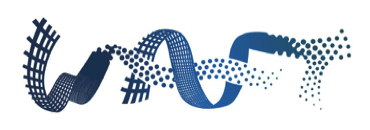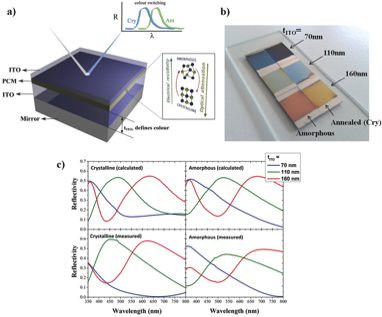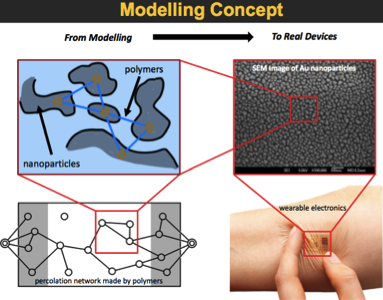Partners




Display Device
WEARABLE AND FLEXIBLE TECHNOLOGIES (WAFT) COLLABORATION
WAFT Annual Report No.1 May 2015 - April 2016
The highlights of the first year:
=> Installation of spectroscopic ellipsometer for in situ metrology that allows very sensitive measurements of film thickness, optical constants, composition, surface and interface roughness.
=> Understanding the failure mechanisms in GST nanodisplays.
=> Using a different chalcogenide material to produce grey scale for the very first time with very high resolution: 50 nm, a 40% improvement over previous work.
WAFT Annual Report No.2 May 2016 - April 2017
Some of the key research highlights of the second year:
=> Development of modelling frameworks for interdigitated electrode gas sensors
=> Ongoing development of a flexible substrate manufacturing process
=> Development of a new optoelectronic metrology tool

LATEST UPDATES
Download our latest newsletter here
"Technologies that are light, energy efficient, insensitive to mechanical stress, and portable without disturbing evert day life activities and performance."
"The future of electronics. I think of WAFT as the necessary next step for electrical devices."
"Truly flexible means weaving into what we wear, or some type of augmented reality interfacing."
"A huge and interesting research area with many obvious applications. A good platform for personal development."
"They are the technology to advance functions of the human body."
"A future innovative market – lots of opportunities."
"Next big thing."
"Modern, cutting edge technologies that can be used by customers in the future."
"They mean the future. These technologies will enhance quality of life when they
become mainstream."
"Flexible in form and use. Adapt to human rather than human adapt to technology."
The WAFT collaboration is a leading consortium of world-leading groups based in the UK and funded by EPSRC that aims to solve a key challenge in manufacturing breakthroughs that will contribute to next-generation wearable technologies.
Wearable technologies such as smart glasses have recently caused much excitement in the business and technology spheres. However, these examples use relatively conventional technologies. The real breakthrough in wearable technologies will come when we can manufacture materials and components that are flexible and non-intrusive enough to be integrated into everyday items, such as our clothes.
The main challenges to achieving this are the lack of reliability, performance limitations of (opto)electronics on flexible substrates, and the lack of flexible power sources. Much of the necessary device technology exists in some nascent form; our project will provide the technological innovation to allow its manufacture in a form compatible with wearable technology.
Wearable and Flexible Technologies Enabled by Advanced Thin-film Manufacture and Metrology
Oxford Sparks videos are aimed at explaining scientific research to a broader or younger audience. In this video we explain how our chemiresistive vapour sensors based on a percolation network of conductive polymers can achieve much higher sensitivities than more traditional thin film based sensors.
Read more on the sensors here.
by Merel Lefferts
Check what people think of the WAFT collaboration!
"[...] looking at wearable sensors and how we can improve sensing in the environment of molecular levels is very exciting [..]"
Matthew Brookes, dstl
"[...] very collaborative work [..]"
Katrina Morgan, University of Southampton







